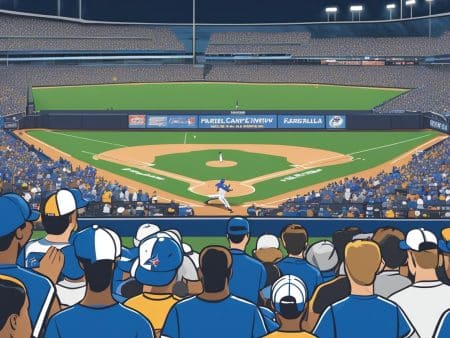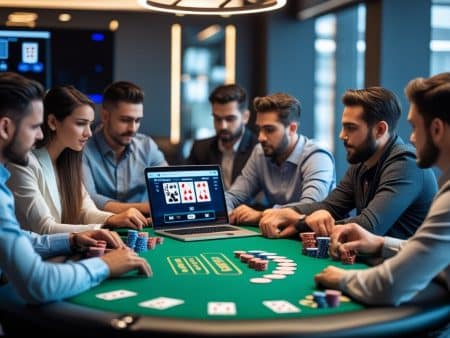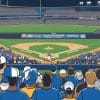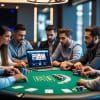Daniel Negreanu has built his poker legacy on winning millions in tournaments, thanks to sharp strategy and some uncanny insights. His approach works against both pros and amateurs, which is probably why he’s one of the most successful tournament players ever.
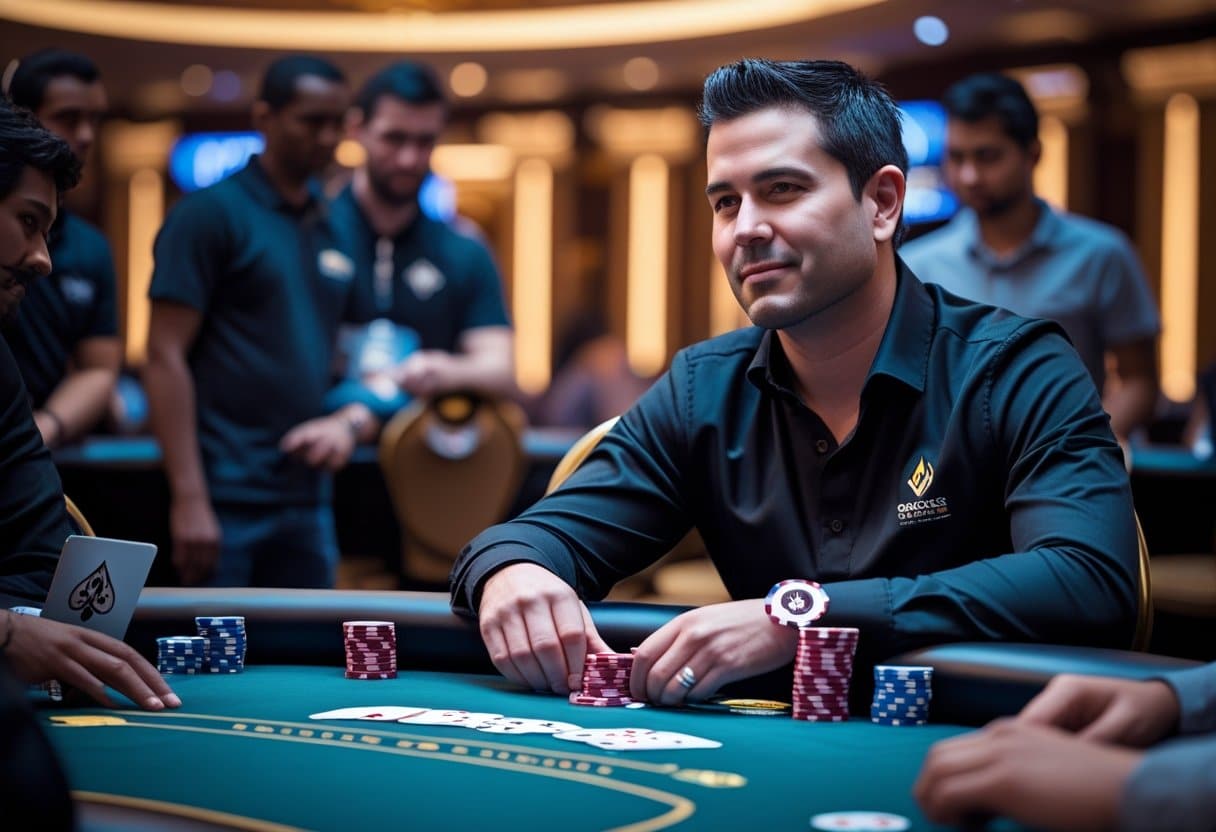
Players like Negreanu thrive in tournaments by adapting their strategies to different opponents. Especially when facing amateurs—folks who know the rules but maybe haven’t dug deeper—he’s got a knack for exploiting common mistakes while still keeping things balanced.
If you’re an amateur looking to actually improve your tournament results, Negreanu’s advice is pretty practical. Instead of just trying to survive by playing super tight, he suggests a more aggressive style to build up chips and give yourself a shot at the top spots.
His philosophy is all about patience, but he’s not afraid to get aggressive when the moment’s right. That mix helps players squeeze the most out of their opportunities for a big payday.
Fundamental Principles of Daniel Negreanu’s Tournament Approach
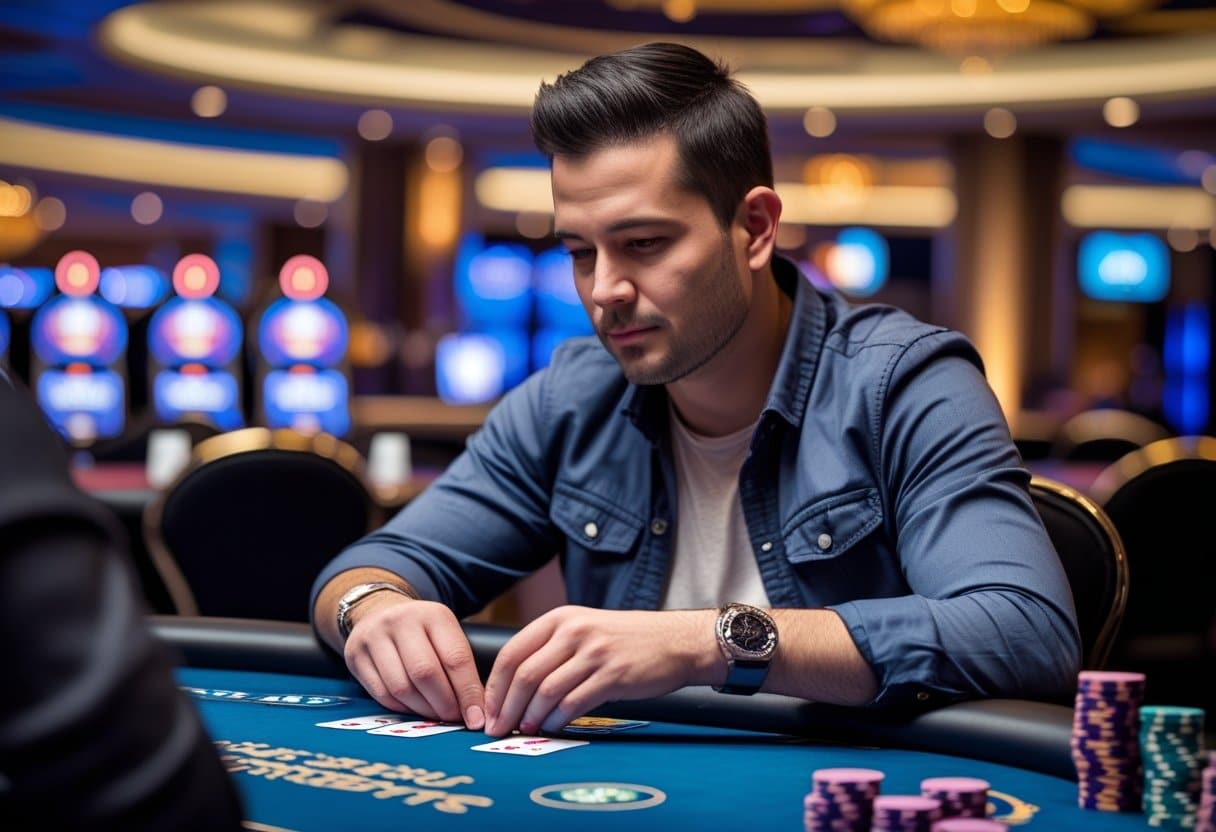
Daniel Negreanu’s tournament strategy really stands out from the crowd. He blends psychological awareness with technical skill and knows how to adjust to whatever environment he’s in.
Patience and Discipline at the Table
Negreanu always talks about patience. In tournaments, you can’t just force the action—sometimes you’ve got to sit back and wait for the right spot.
He’s a fan of playing tight early on, especially when the blinds are tiny compared to your stack. That means tossing away those marginal hands that a lot of amateurs play just because they’re bored.
Discipline isn’t just about folding hands, though. He’s big on bankroll management—never risking more than 5% of your roll in a single tournament.
He also recommends taking short breaks between hands to stay sharp and avoid tilt. That whole “mental reset” thing? It actually works.
Adaptability to Player Types and Betting Patterns
Negreanu’s reputation for reading opponents is legendary. He pays close attention to how people bet and the patterns they fall into.
He likes to sort players into types—tight-aggressive, loose-passive, all that—and then adjusts his own play to counter them. If someone’s playing too safe, he’ll ramp up the pressure. If they’re wild, he tightens up and waits for them to make mistakes.
His reads aren’t magic—they’re based on bet sizing, timing, and just watching how people play over time.
He’s also a fan of taking notes, even in live games. Little details about how someone bets with a strong hand versus a weak one can make a difference down the road.
Balancing Tournament Play and Cash Game Skills
Tournament poker isn’t the same as cash games, and Negreanu knows it. Stack-to-blind ratios can totally change what the “right” play is.
In tournaments, sometimes you’ve got to let go of hands you’d play in a cash game. Chip preservation often matters more than squeezing every last drop of value.
He thinks learning both formats is important. Cash games sharpen your fundamentals, while tournaments teach you patience and how to adjust your strategy as the game changes.
ICM (Independent Chip Model) is something he recommends learning. It’s a math thing, but basically, it helps you figure out the real value of your chips at different stages—especially near the money or final table.
For newer players, he suggests starting with single-table tournaments to get a feel for bubble dynamics before diving into bigger events.
Daniel Negreanu’s Top 5 Tournament Strategies
Negreanu’s tournament success isn’t just luck—he’s got a handful of tactical approaches that mix technical skill with a good read on people. He pays attention to hand selection, pot control, and reading the table.
Selecting the Right Hands and Utilizing Preflop Charts
Negreanu tells amateurs to stick to solid starting hands. He’s a fan of preflop charts, at least as a starting point. These charts show you which hands to play based on your position at the table.
For beginners, he says play tight in early position and loosen up as you get closer to the dealer button. It keeps you out of tricky spots after the flop.
He’s cautious about speculative hands, like small suited connectors. They look fun but can lead to trouble if you’re not careful. Better to fold than to play them badly.
As blinds go up, he says you’ve got to adjust your hand selection. What’s playable early might not be worth it when the pressure’s on.
Mastering Multiway Pots and Value Betting
Multiway pots—where three or more players see the flop—are a different animal. Negreanu tightens up his range here since it’s more likely someone has a strong hand.
If you do hit something big in a multiway pot, he says don’t get cute—value bet it. Too many amateurs slow-play and miss out on chips.
Bet sizing matters. He recommends betting about 50-75% of the pot to build it up and deny opponents the right odds to chase their draws.
The idea is to get as much value as possible when you’re ahead. Those extra chips can make a huge difference later when the blinds start eating into everyone’s stacks.
Effective Bluffing and Reading Opponents
Negreanu’s ability to read people is famous, but he says amateurs should start simple. Watch for betting patterns and timing tells before worrying about fancy physical reads.
For bluffing, he’s all about picking the right spots. Bluffs work best against players who can actually fold. If someone’s calling everything, it’s usually not worth it.
He suggests bluffing when the board, your betting, and your perceived range all tell a believable story. Semi-bluffs—where you’ve got a drawing hand—are especially useful because you’ve got backup if you get called.
Being able to adapt is key. Adjust your bluffing frequency based on how you’re perceived and who you’re up against. It’s not an exact science, but it pays off over time.
Handling Pressure in High Stakes Tournament Scenarios
What separates the pros from the amateurs? A lot of it comes down to how you handle pressure when the stakes are high. Those big moments can get intense, so having the right mindset and tactics is crucial.
Building Mental Resilience Against Loose Players
Negreanu says it’s important to stay calm when you’re up against loose players, especially at high stakes. Loose players can turn a table into chaos, and it’s easy to get thrown off your game.
“Don’t let loose players dictate your emotional state,” he warns. Stick to your plan—don’t get dragged into their madness.
He’s a fan of breathing techniques when things get tense. Taking a few seconds before you act can stop you from making a rash decision.
After tough sessions, he suggests writing down hands that got to you. It helps you spot emotional triggers and improve how you handle pressure next time.
Bankroll management comes up here too. Don’t play with money you can’t afford to lose—it just adds stress and messes with your decision-making.
Navigating Deep Stages of the World Series of Poker
Big events like the WSOP Main Event are the ultimate test. Negreanu says you’ve got to protect your stack even more as you get deeper into a tournament.
He calls the middle stages the “danger zone.” This is where a lot of amateurs get impatient or too protective and make mistakes.
During the bubble, he recommends adjusting your aggression based on who’s at your table. Against tight players, ramp it up. Against wild ones, tighten up and wait for a good spot.
Physical stuff matters too—get enough sleep, eat right, and drink water. It’s not glamorous advice, but it makes a difference when you’re playing for hours on end.
Negreanu uses visualization before big tournaments, mentally running through tough spots. It sounds a bit out there, but it helps him react well when things get real at the final table.
Leveraging Poker Resources for Ongoing Improvement
Getting better at poker isn’t just about playing hands. There are a ton of resources out there now that can help amateurs level up, sometimes way faster than just grinding it out alone.
Studying YouTube Videos and Poker Tutorials
YouTube is packed with poker content for all levels. Negreanu’s got his own channel where he breaks down tricky concepts into bite-sized lessons. Watching pros talk through their hands in real time can be a game-changer.
Sites like MasterClass have full courses from champions, covering everything from tournament strategy to reading people and managing your bankroll. There’s also plenty of free stuff—hand breakdowns, pot odds, position play, bluffing tips, you name it.
If you’re studying, focus on one thing at a time instead of trying to absorb everything. Take notes, re-watch hands, and really drill down on the stuff that confuses you.
Finding Support Through Poker Communities
Online forums and communities can be a goldmine for amateur players. Reddit has active poker subs where people share strategy, swap stories, and break down tough hands together.
Training sites like Upswing Poker and Run It Once offer structured lessons and feedback from experienced players. Some even have study groups where you can practice and discuss hands.
Don’t overlook local clubs, either. Playing with the same group regularly helps you get feedback on your play and improve faster.
If you can find a mentor or a study partner who’s a bit ahead of you, that’s even better. Talking through strategy and reviewing hands together can reveal leaks in your game you might never spot on your own.
Insights From Poker Legends and Daniel Negreanu’s Influences
Negreanu didn’t figure all this out in a vacuum. He’s picked up a ton from watching and playing against other poker legends, and he’s not shy about giving them credit.
Learning From Doyle Brunson and Phil Ivey
Doyle Brunson—“Texas Dolly”—had a big impact on Negreanu’s style. Brunson’s mix of patient aggression and psychological savvy helped shape how Negreanu approaches table dynamics.
Phil Ivey’s discipline, especially in hand selection, is another influence. Negreanu often points to Ivey’s focus during marathon tournament sessions as something to aspire to.
He also studied Johnny Chan’s tournament tactics, particularly how Chan shifts gears when needed. That kind of flexibility lets Negreanu adapt as tournaments progress, rather than sticking to just one way of playing.
Integrating Tournament Lessons Into Your Own Game
Negreanu suggests that amateur players should start by picking out specific skills from poker legends that actually fit with their own natural playing style. Honestly, not every flashy move is going to feel right for everyone, so it’s smart to be a bit picky about what you try.
Tournament-specific lessons Negreanu talks about include:
- Position awareness: Making the most of your seat at the table, something he picked up from watching Erik Seidel in tournaments.
- Chip utility: Figuring out how to squeeze the most value out of your stack as the tournament moves along.
- Hand reading: Sharpening those observational instincts—this is really what put Negreanu on the map.
Try practicing these ideas in smaller tournaments first. If you can, record your sessions so you can go back and spot patterns or catch mistakes you didn’t notice at the table.
Don’t rush to use everything at once. Let these lessons settle in bit by bit, and your tournament game will start to feel more natural (and hopefully, more effective) over time.

